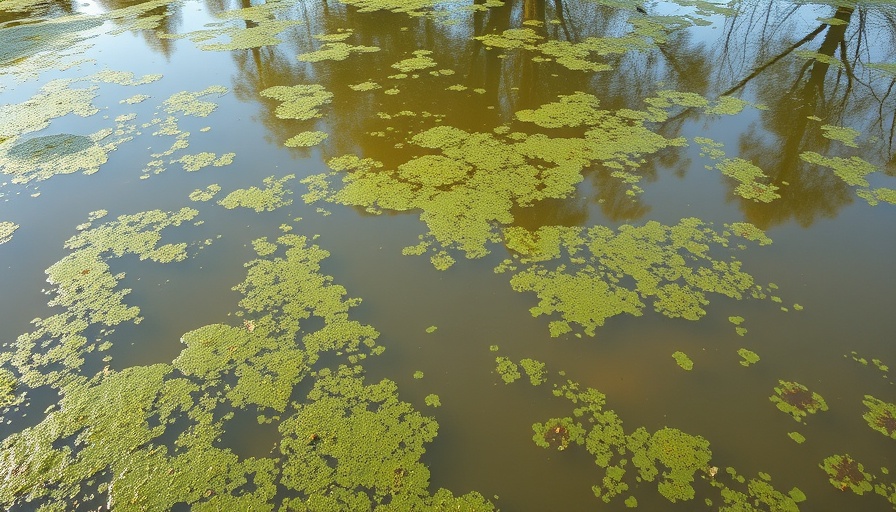
The Alarming Rise of Wastewater Pollution in Central Texas
As Central Texas experiences rapid population growth, its beautiful rivers and streams face a growing threat from wastewater pollution. In small communities, concerned residents are taking matters into their own hands to protect their local environments. Margo Denke, a resident of the Hill Country, became a local hero when she opposed a Christian youth camp's plan to discharge treated wastewater into the pristine Commissioners Creek. Armed with flyers and a determination to safeguard public health, she represented a broader struggle in the region.
Community Activism: A David vs. Goliath Challenge
Denke’s initiative wasn't an isolated case. In recent years, grassroots groups have sprung up across Central Texas, each fighting their battles against developers pushing for wastewater treatment facilities. The effluent released from these plants may appear clean, but it often contains nutrients that incite harmful algae blooms, wreaking havoc on local ecosystems. This dilemma pits community activists against powerful development interests, often leading to protracted legal battles to protect local watersheds.
Understanding the Environmental Impact of Nutrient Pollution
According to Jeff Back, a scientist at Baylor University, the stakes are high. Despite developers' claims, the long-term consequences of untreated wastewater are profound. Nutrient pollution has been linked to the decline of aquatic life and degradation of water quality, raising alarm bells across the environmental community. The cycle of development, neglect, and pollution threatens to undermine the very delicate ecosystems that define Central Texas.
Legislative Action or Inaction?
As local battles unfold, the Texas Legislature is also involved. Amidst ongoing lobbying from developers, advocates are attempting to push a bill that would ban most new wastewater discharges into the state's last pristine waters. This initiative, spearheaded by state Senator Sarah Eckhardt, marks a significant step, yet history shows that such measures often face formidable opposition. The struggle reflects a larger regional tension between growth and environmental stewardship.
The Way Forward: What Can Be Done?
In light of these challenges, community involvement and legal advocacy appear to be critical for maintaining the region’s water quality. Residents are encouraged to stay informed about local developments and advocate for environmentally responsible practices. Furthermore, broader statewide initiatives aimed at enhancing water management and preserving natural resources will need to engage citizens at every level.
Your Role in Protecting Texas Waters
While community groups work tirelessly to combat wastewater pollution, every Texan has a role in this fight. Taking action could mean voicing concerns to lawmakers, engaging in local environmental groups, or simply educating oneself and others about the implications of wastewater management. The future of the waterways in Central Texas depends on collective action and vigilance.
 Add Row
Add Row  Add
Add 




 Add Row
Add Row  Add
Add 

Write A Comment